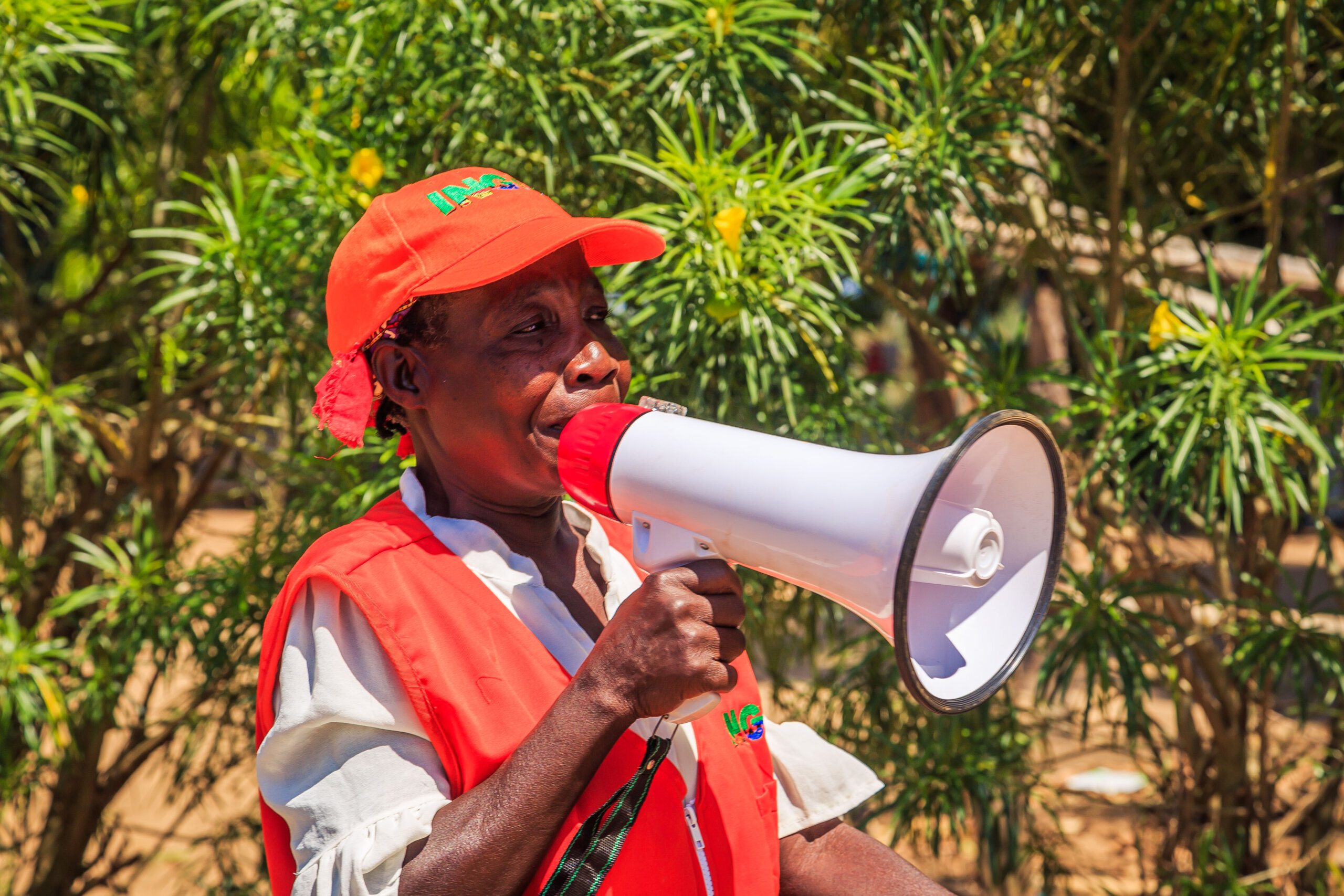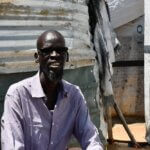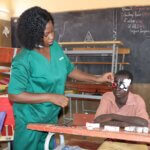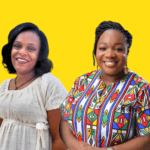- Gender
- Gender
- Humanitarian Action
On International Women’s Day, Jennifer Pitter-López, Light for the World’s Gender Expert, shares a practical guide on how to fight intersectional discrimination and gender-based violence.
While women are at high risk of experiencing violence, women and girls with disabilities are three times more likely to experience gender-based violence – including by family members, intimate partners, caregivers and institutional facilities.
But why are women and girls with disabilities much more likely to experience this?
We can only understand this by using an intersectional lens.
What is intersectionality?
Intersectionality describes the complex experience of discrimination people face due to the compounding factors of identities.
People with disabilities are not a homogeneous group. Disability intersects with other identity factors, such as a person’s gender, age, class, ethnicity, language, religion, sexual orientation, and place where they live.
While all people with disabilities are marginalised in policies and programmes, the heightened discrimination of women and girls with disabilities can be addressed by adopting an intersectional lens to understand how ableism and sexism intersect.
Mathilde Umuraza, Expert on Gender and Gender-Based Violence, Light for the World International Disability and gender rights are not one or the other, they are both human rights. Therefore, the needs and experiences of women and girls with disabilities are reflected within this diverse identity.
Now that we know what intersectional discrimination is, how can we address it?
The interplay of gender-based violence and intersectional discrimination in Mozambique
According to a recent study, women and girls with disabilities in Mozambique are at a higher risk of experiencing forms of gender-based violence – including rape and sexual assault, as well as denial of access to education, health and community services – when compared to women and girls without disabilities, and men and boys with disabilities.
To properly address this, policies and programmes need to include an intersectional approach, which responds to the complexities of a person’s situation, rather than to just one aspect of their life.
At Light for the World, we have been striving to analyse, understand and address the underlying gender-related discriminatory practices in the Mozambican context, together with our expert partner Girl Child Rights (GCR).*
To understand and analyse the compounding factors of discrimination in disability and gender in our projects in Mozambique we designed and tested the Intersectional Discrimination Pyramid.**
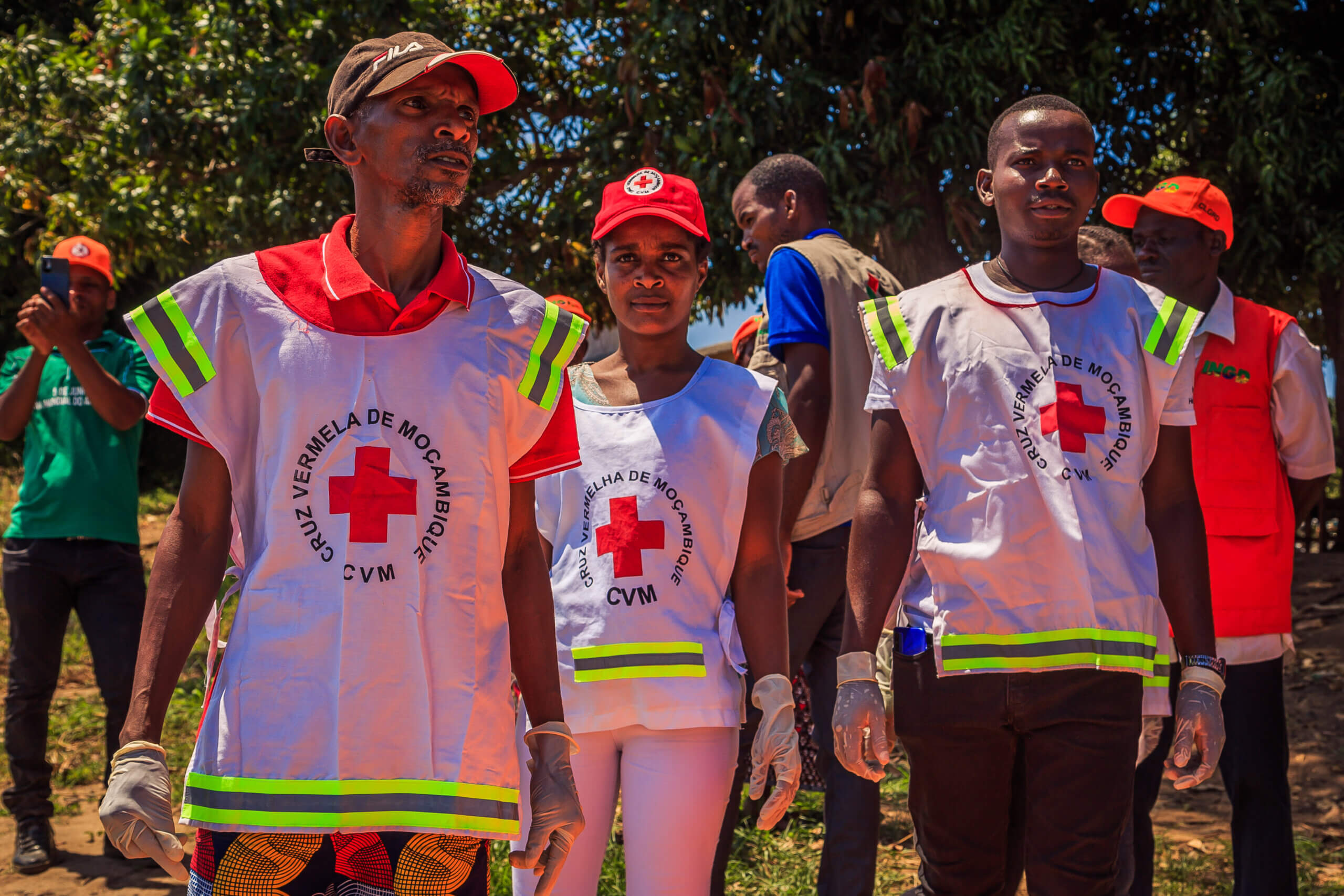
Intersectional Discrimination Pyramid: echoes from Mozambique
The Intersectional Discrimination Pyramid is a tool designed to assess and fight intersectional discrimination. We tested the pyramid with our partner organisations.
They said the pyramid was easy to use, facilitated reflection, and served as a practical tool to develop clear action plans to address gender-based violence against women with disabilities within programmes and organisations.
Vanessa dos Santos, Gender Officer at Light for the World Talking about the pyramid and the different experiences helped to understand how violence influences the lives of women with disabilities. It is what we all live, but what we never knew how to describe.
The pyramid helped us to uncover how intersectional discrimination and social stigma can undermine self-confidence, and how the empowerment of women with disabilities is an important step to increase self-esteem.
In addition to uncovering specific factors of disability- and gender-based violence, it also helped to develop systematic interventions to address gender-based violence in a holistic manner.
Consequently, action plans in Mozambique looked at individual, community, and institutional levels. For system change, it is essential to work directly with programme participants and their families, ensure awareness raising on harmful gender norms with community leaders and in schools, and join forces for effective advocacy towards increased access and participation of women at an institutional level.
We want to share this practical tool against intersectional discrimination, which we found helpful.
At the intersection of disability and gender: Intersectional Discrimination Pyramid
The pyramid shows the overlap between sexist violence and ableist violence, with attitudes and beliefs as the foundations for other types of intersectional discrimination and violence.
It helps us to see what kind of discrimination is happening, why and how it is happening and how to deal with intersectional discrimination sustainably and systematically.
For example, gender-based stereotypes and ableist discriminatory policies and practices intersect to create institutional discrimination.
“The intersectional pyramid shows how different identities overlap, and therefore how discrimination overlaps as well,” says Amelia Afonso, Project Officer for Girl Child Rights.
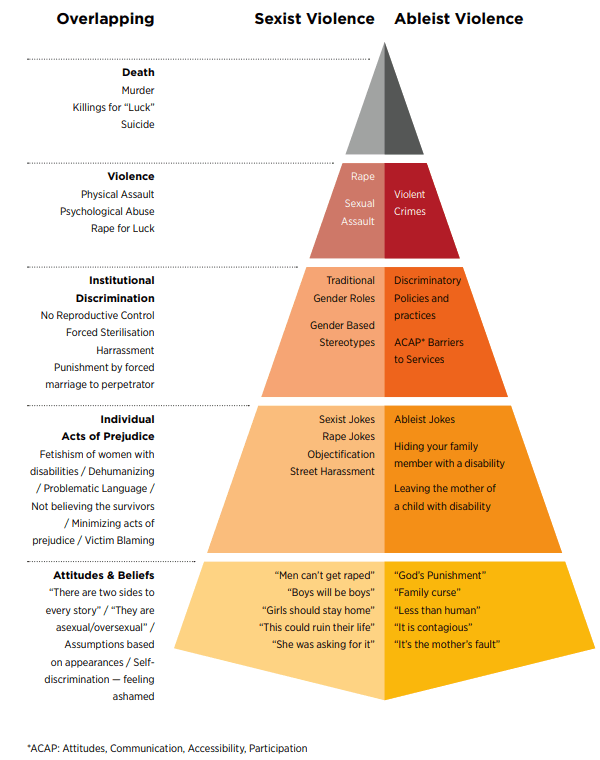
How to use the pyramid, step by step
The pyramid is a practical and flexible tool to identify and tackle intersectional discrimination.
It can easily be adapted to other settings to better understand the complex discrimination faced by diverse women and men with disabilities and determine solutions for local discriminatory practices. And either one or both sides can be changed.
As a starting point, the tool is best used with your target group in a workshop setting, with six practical steps:
- Step 1: Introduce the blank pyramid with the subheadings: Attitudes and Beliefs, Individual Acts of Prejudice, Institutional Discrimination, Violence, Death.
- Step 2: Brainstorm in groups on forms of violence and discrimination which are being experienced by women and/or people with disabilities in the respective communities and context.
- Step 3: Present each group’s results in a plenary discussion.
- Step 4: Discuss intersecting forms of violence and discrimination in a group discussion.
- Step 5: Identify relevant actions to address and counteract identified violence and discrimination on individual, community and institutional level.
- Step 6: Develop a strategy for transformative change in the respective programme.
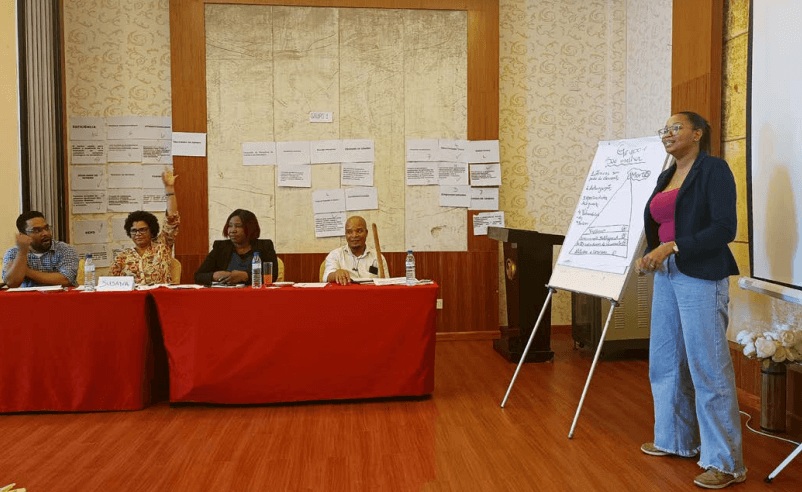
We hope that our practical and easy-to-use guide will assist readers in applying the intersectional discrimination pyramid to expose the convergence of different types of discrimination.
By doing so, this should help to address gender-based violence and intersectional discrimination in other programmes and communities.
Want to find out more? You can find the tool here: Uncover Systemic Discriminatory Practices and Counteract Gender-Based Violence.
–
* Currently, Light for the World is working to improve gender inclusion in Mozambique through three projects funded by the Austrian Development Agency. InPower promotes inclusive empowerment of women and girls with disabilities in Sofala, CONNECT focused on making humanitarian action for everyone in Cabo Delgado, preventing and addressing gender-based violence, and ICDP improves insitutional and community capacities inclusive and gender-sensitive Disaster Preparedness in Inhambane and Sofala.
** The “Racial and Sexual Violence Pyramid” was first developed by Tatiana Piper and Jackie Strohm through the Pennsylvania Coalition to Advance Respect (PCAR) in 2019. The pyramid depicts the connection and overlap between racial and sexual violence.
